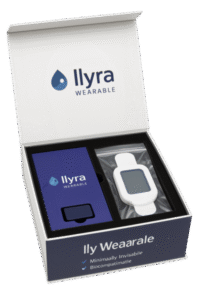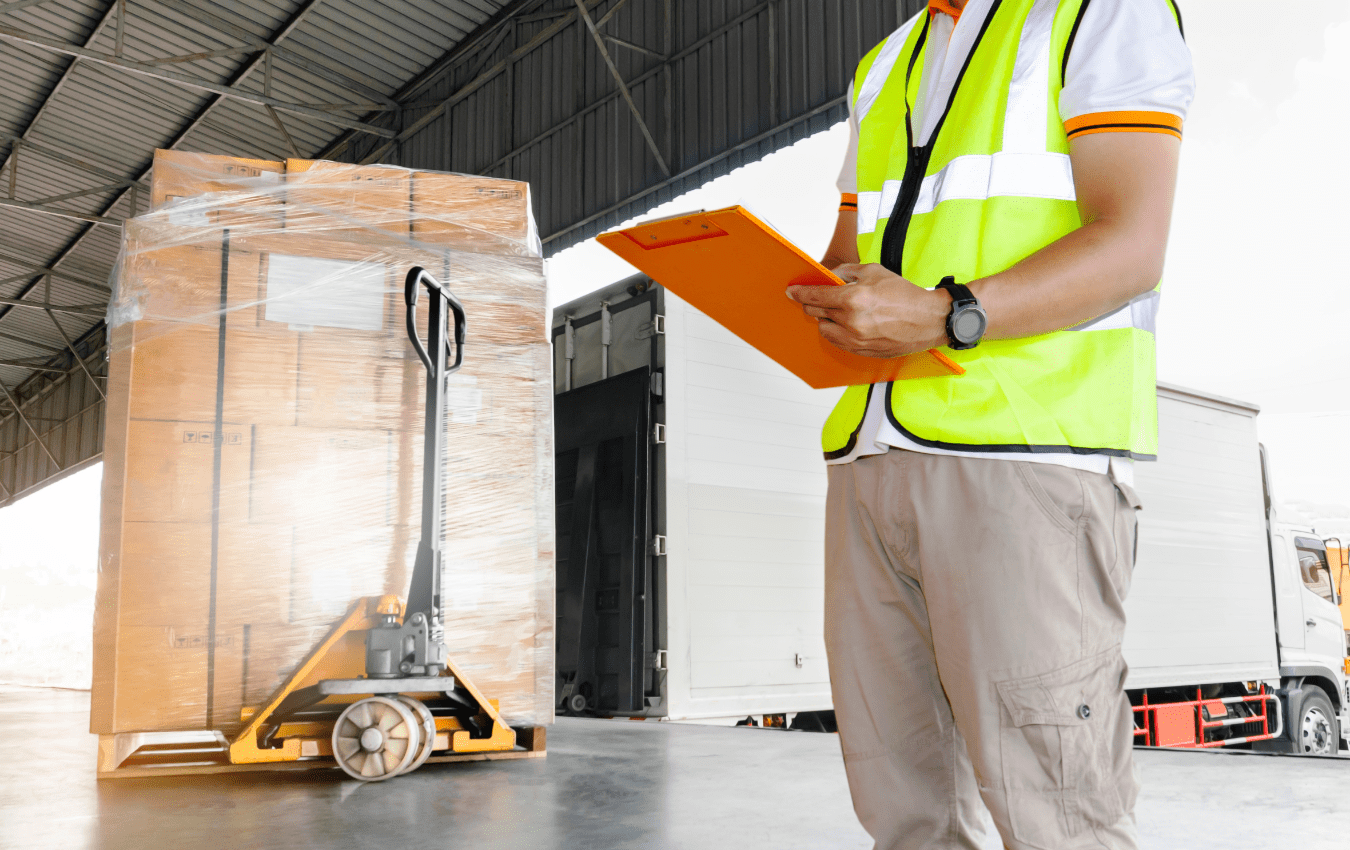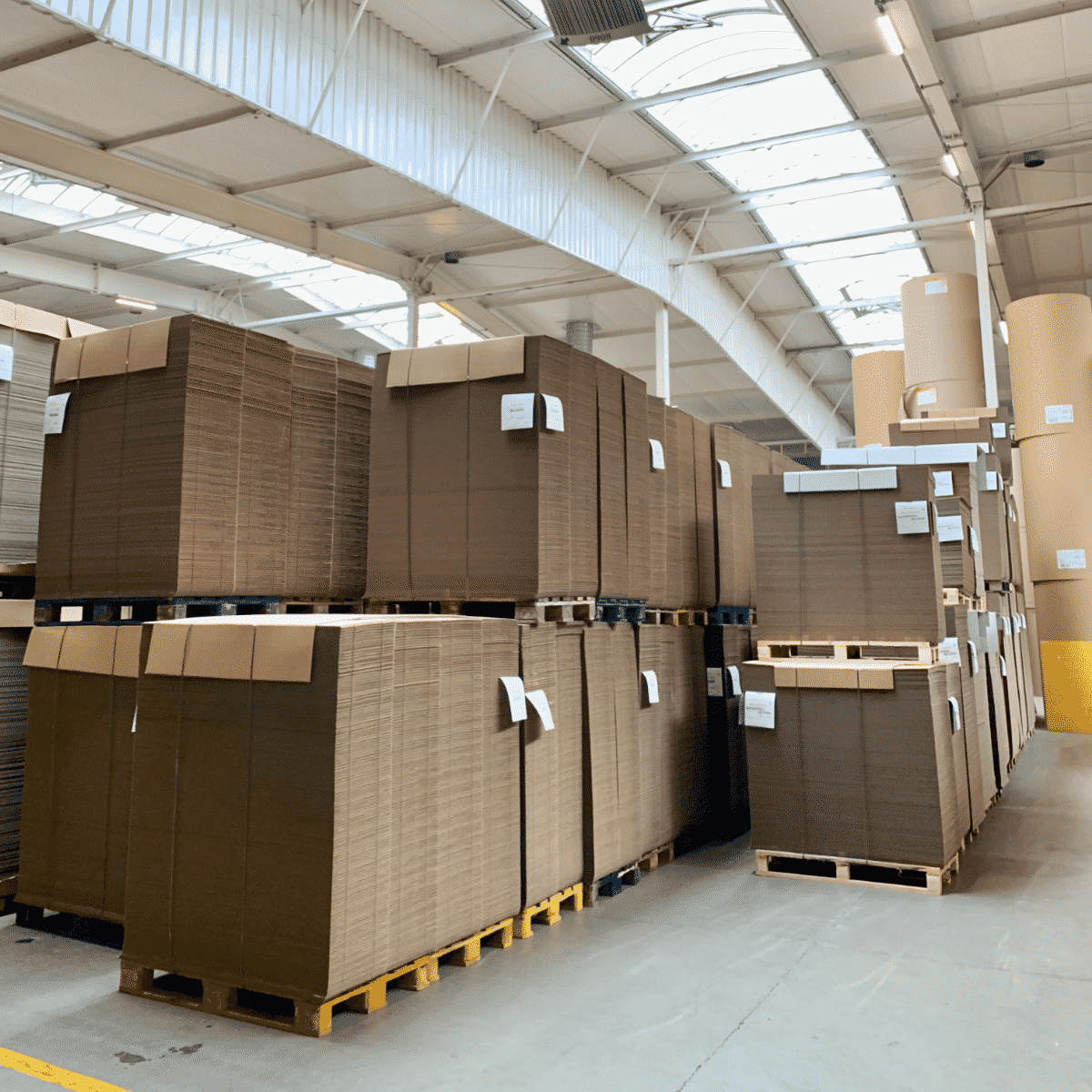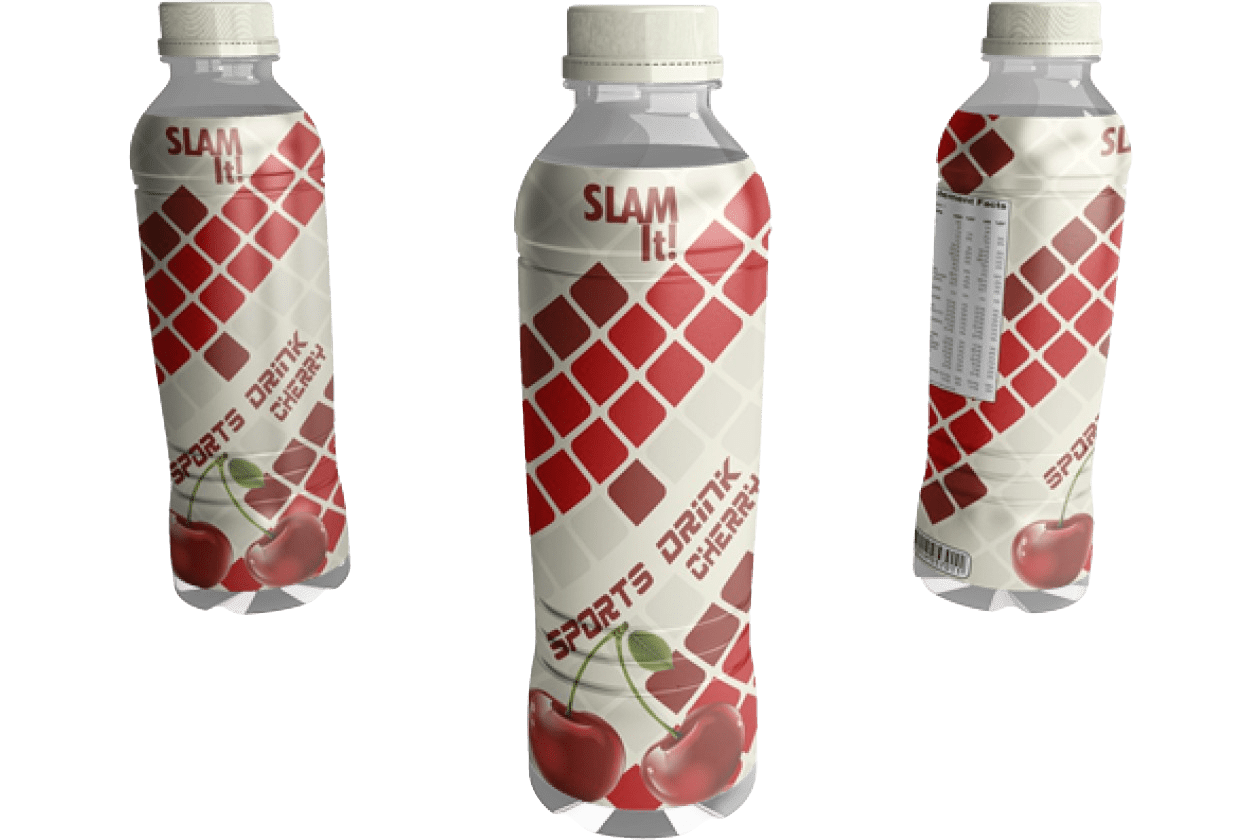Home » Packaging in 2026: Strategic Shifts Every Buyer Should Plan For
Packaging in 2026: Strategic Shifts Every Buyer Should Plan For
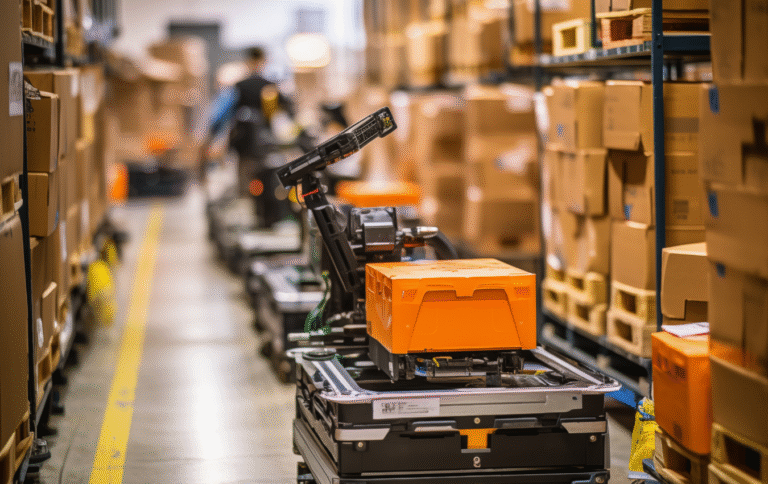
Evolving Demands, Smarter Decisions
As 2026 approaches, packaging decision-makers across sectors—from retail and ecommerce to industrial and medical—face a landscape shaped less by buzzwords and more by operational necessity. What’s ahead is not just about “going green” or “embracing automation,” but how these shifts are engineered into supply chains, cost structures, and compliance frameworks. Here’s what to actually expect—and plan for—if packaging is part of your bottom line.
Operational Sustainability Becomes Performance-Driven
Sustainability in 2026 will be measured less by marketing claims and more by performance thresholds. Expect rising demand for materials that balance recyclability, durability, and cost efficiency. Fiber-based packaging will continue to gain traction, but companies will increasingly analyze corrugated flute profiles, GSM ratings, and pallet optimization metrics to determine environmental impact through a logistics lens.
For example:
- Retailers may transition to thinner B-flute or E-flute boards for secondary packaging to reduce shipping weight.
- Industrial buyers will seek modular box sizes that minimize void fill while maximizing trailer cube efficiency.
- Medical and electronics sectors will emphasize FSC-certified materials with traceable sourcing and validated barrier protection.
Packaging that meets ISO 14001, APASS, and regional Extended Producer Responsibility (EPR) laws will be baseline expectations—not differentiators.
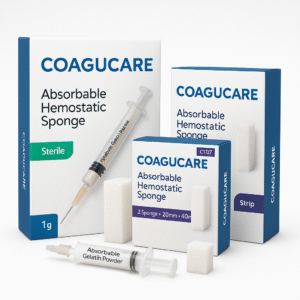
Customization Is No Longer Optional—It’s Configured
In 2026, off-the-shelf box sizing will no longer support the demands of fragmented product catalogs or diverse fulfillment strategies. Whether shipping a smart home device or a 60-lb appliance, businesses will rely on advanced structural design to reduce damages, dimensional weight costs, and consumer frustration.
Expect growth in:
- Auto-boxing and just-in-time kitting for multi-SKU orders.
- ESD-safe modular inserts for high-value electronics.
- Seasonal display-ready solutions engineered for co-packing and fast retail deployment.
Digital configurators will expand, allowing buyers to spec packaging with CAD-driven performance simulations, real-time quote modeling, and integrated sustainability scoring.
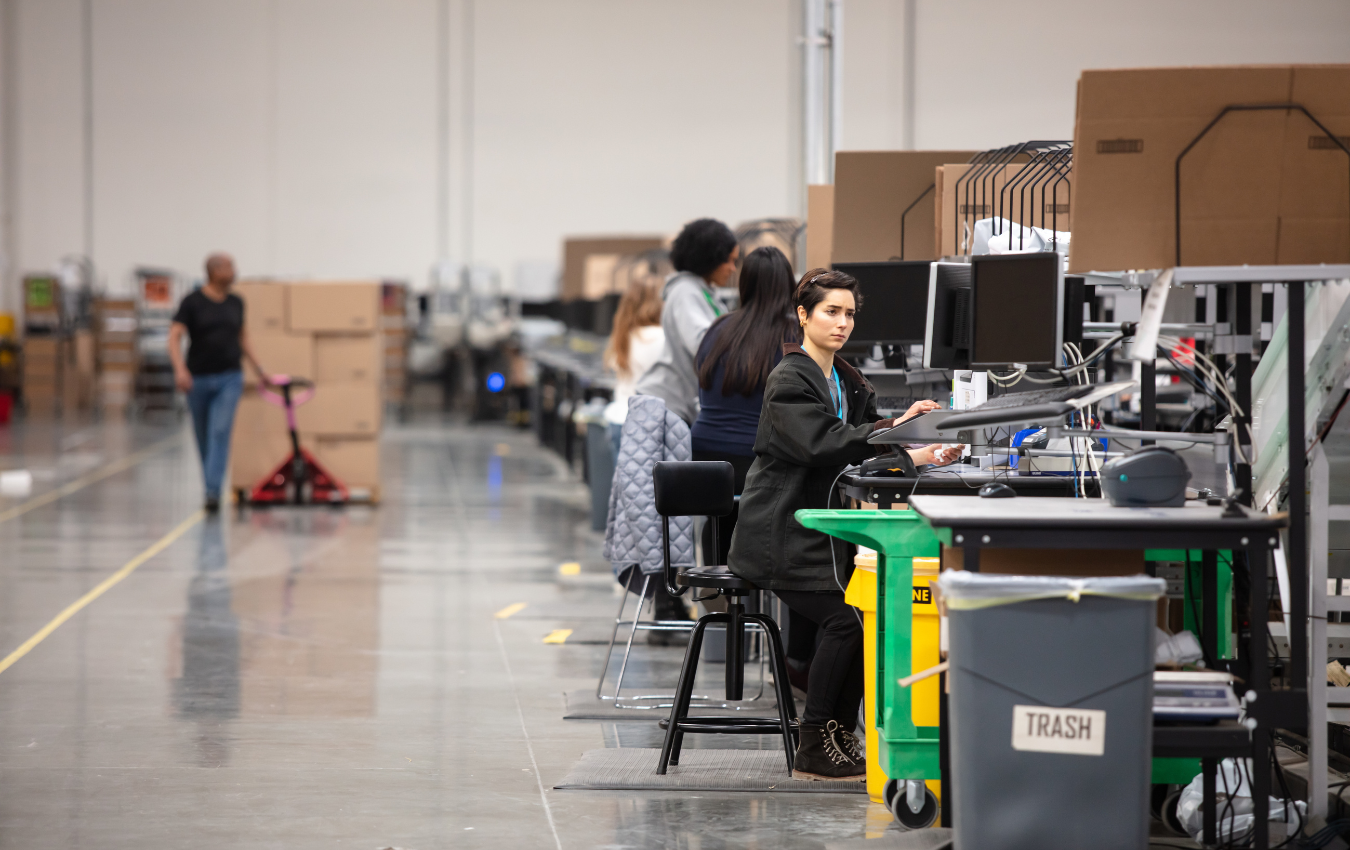
Technical Considerations for Holiday Fulfillment Packaging
To optimize fulfillment packaging during peak season, businesses should evaluate technical performance across multiple areas:
- Packout efficiency: Design kits and displays with fulfillment-friendly construction (e.g., quick-fold cartons, drop-in inserts, common dimensions)
- Structural compatibility: Ensure inner packs, cartons, and trays can be packed quickly and securely without secondary rework
- Barcode and label clarity: Use pre-applied or inline printed labels for traceability, GTIN compliance, and retailer scan accuracy
- Shipping durability: Account for stacking, vibration, and mixed-freight environments to avoid rework due to damage in transit
- Vendor-managed inventory (VMI) compatibility: If operating under VMI or JIT models, ensure real-time fulfillment visibility and flexibility
The more technical precision built into the packaging, the less risk of costly repackaging, returns, or retail chargebacks during peak execution.

Data-Backed Packaging Becomes the Standard
Buyers will increasingly demand quantitative justification for packaging decisions. Compression strength, burst resistance, drop-test validation, and real-time shipping analytics will factor into every spec sheet.
Companies will adopt packaging testing as a service, verifying that every structural design supports:
- Carrier-specific handling environments (e.g., FedEx vs. LTL freight).
- Product-level fragility indexes.
- Repetitive fulfillment automation requirements.
In short, packaging in 2026 must prove itself in real-world supply chains—not just lab conditions.
Labeling, Serialization, and Compliance Tighten
Whether it’s Amazon SIOC requirements, GS1 labeling standards, or sector-specific tracking protocols (like in pharma or aerospace), compliance will grow more complex. Expect increased interest in:
- Pre-printed compliance panels.
- Machine-readable codes for fulfillment automation.
- Tamper-evident and traceability elements integrated into box design.
In industries like medical and food, validation processes will link packaging directly with inventory traceability systems and chain-of-custody requirements
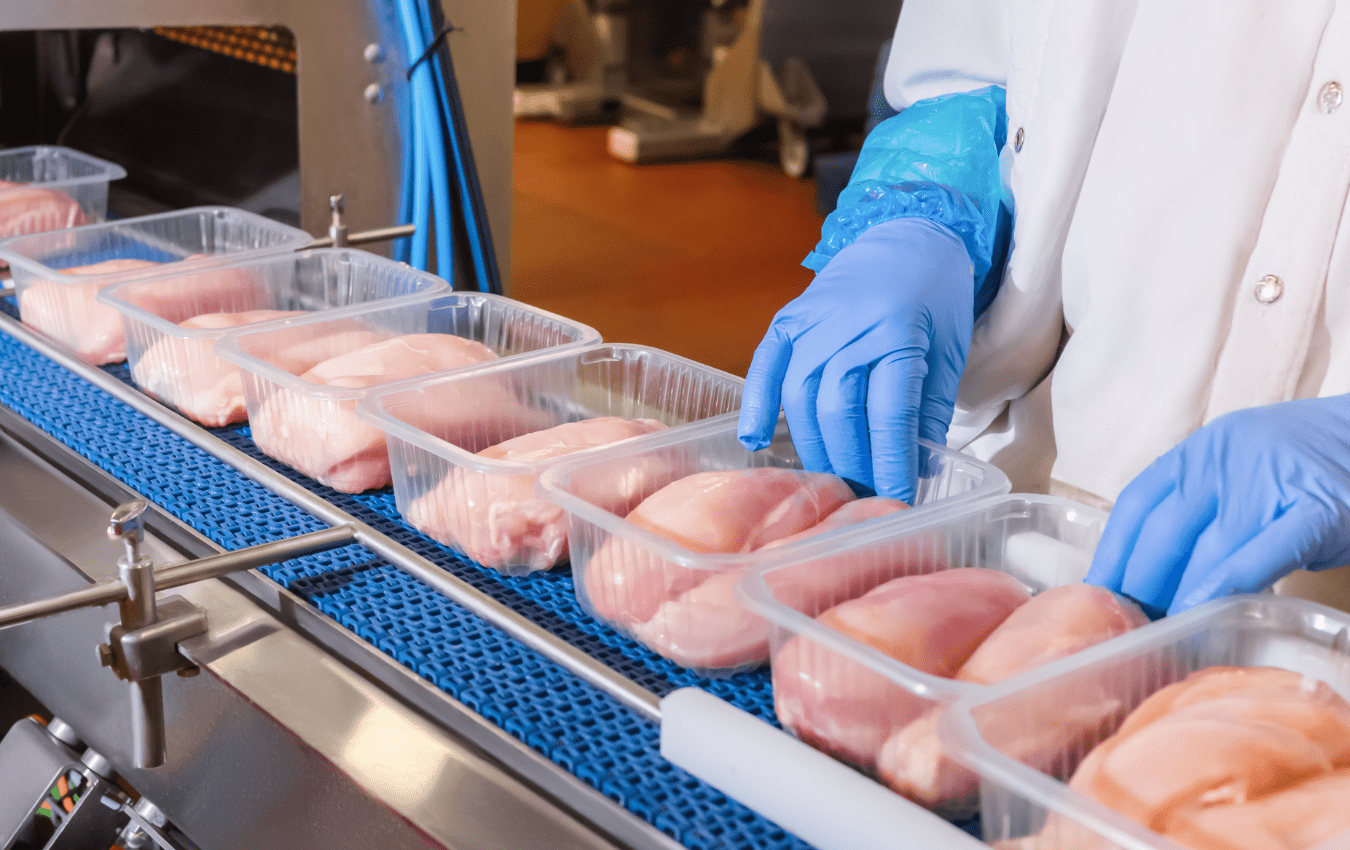
Cold Chain, Humidity Resistance, and Long-Term Transit
Long-haul, climate-sensitive shipping is no longer niche. Expect new packaging RFPs in 2026 to prioritize:
- Moisture-resistant corrugated grades.
- Thermal liners and phase change materials in ecommerce-ready kits.
- Double-walled or triple-walled protection for oversized or high-value industrial goods.
For global fulfillment, buyers will need packaging that holds integrity over weeks in warehouse or transit environments that fluctuate in humidity, temperature, and stacking pressure.

Looking Ahead
Packaging in 2026 is less about trend-watching and more about aligning technical performance with real-world usage. Whether your business operates in ecommerce, electronics, furniture, or life sciences, the coming year will reward those who prioritize fit-for-purpose packaging that is backed by testing, scalable across channels, and cost-optimized without sacrificing protection or compliance.
Need packaging that’s built for how your business actually operates? Brown Packaging delivers engineered solutions that balance protection, cost efficiency, branding, and sustainability—backed by real testing and practical expertise.
Corrugated board comes in multiple flute sizes and wall grades, each designed to balance strength, weight, and cost. Selecting the wrong grade can lead to product damage, excessive freight costs,
As tariff changes reshape global trade, packaging buyers moving production from China to the U.S. or nearshore regions face a new challenge: supplier qualification. Transitioning supply doesn’t end once a
With new tariff proposals and continued trade uncertainty, 2026 is shaping up to be another pivotal year for packaging sourcing strategy. Many companies that shifted production away from China in
Following multiple rounds of tariff changes and trade policy adjustments, 2026 marks a turning point for U.S. packaging buyers. Many who previously transitioned from China to domestic or nearshore suppliers
Home » Packaging in 2026: Strategic Shifts Every Buyer Should Plan For


